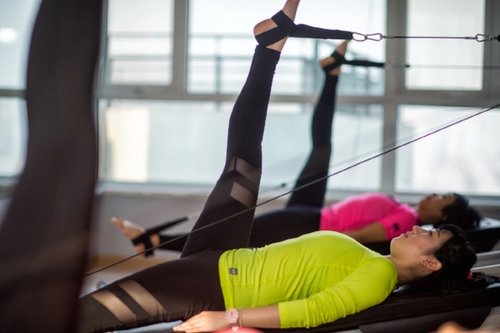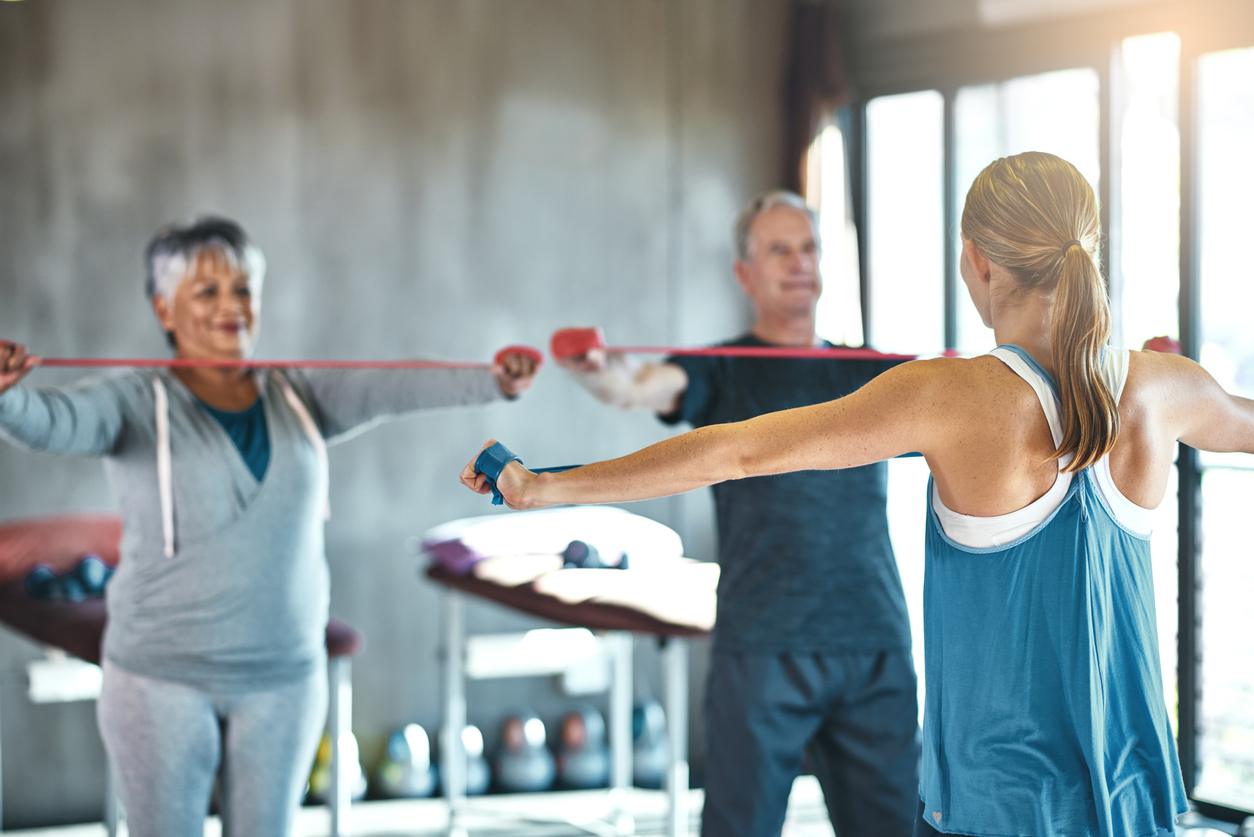Are you interested in clinical Pilates but are unsure what it involves or if it’s right for you?
You’ve come to the right place, here’s a run down of what clinical Pilates is and how you can benefit.
Clinical Pilates is functional, targeted, individualised rehabilitation with a focus on movement control.
The principles and method were originally created by Joseph Pilates to rehabilitate injured patients in World War I.
Joseph was a nurse in WWI and was looking for ways to rehabilitate patients who were bed bound or impaired functionally, thus he devised a training approach later labelled as Pilates.
While some of the original principles remain, the method has generally been adapted over the years for rehabilitation and training.
Clinical Pilates is advocated for many injuries and types of pain, along with general health and well-being.
This method of training is often encouraged for lower back pain rehabilitation and postpartum, however it is much more diverse.
Pilates is utilised by clinicians and individuals all over the world, including elite athletes such as dancers.
This method has also been endorsed by AFL players like Geelong Football Club’s Captain, Joel Selwood.

The evidence states that Pilates is more effective in reducing pain, disability and improving function in lower back pain in comparison to education alone or no intervention/rest at all [1, 2].
Additionally, the evidence demonstrates that two or more sessions per week had better outcomes and was more cost effective in the long-term than one session a week [2].
Clinical Pilates is also effective at improving pelvic floor muscle strength [3], and thus can be utilised prior to, during and post pregnancy.
Pelvic floor strengthening is also beneficial for individuals with lower back pain, pelvic pain and incontinence.
Research has shown that Pilates training increases core muscle endurance [4], flexibility [4], and is recommended as an option for the treatment of gluteal tendinopathy (hip tendon injury) [5].
Evidence also proves large improvements in mental health, specifically depressive symptoms, anxiety, energy levels and fatigue [6].
A recent study also presented improvement in the functional movement of recreational runners [7].
Participants involved in the study completed six weeks of clinical Pilates training, which resulted in improved hip and knee control, along with reduced knee valgus (inward) movement.
Improving these factors reduce the risk of an athlete suffering a running related injury.
Generally, the evidence suggests that for best results, clinical Pilates should be completed a minimum 1-3 times per week for 6-12 weeks.
It can also be incorporated as an ongoing form of maintenance exercise to prevent injury, increase function and improve overall well-being.
If you’re interested in knowing more about clinical Pilates or would like to book a Pilates assessment, you can contact your local Lifecare clinic.
References
- [1] Yamato, T. P., Maher, C. G., Saragiotto, B. T., Hancock, M. J., Ostelo, R. W., Cabral, C., … & Costa, L. O. (2016). Pilates for low back pain. Sao Paulo Medical Journal, 134(4), 366-367.
- [2] Miyamoto, G. C., Franco, K. F. M., van Dongen, J. M., dos Santos Franco, Y. R., de Oliveira, N. T. B., Amaral, D. D. V., … & Cabral, C. M. N. (2018). Different doses of Pilates-based exercise therapy for chronic low back pain: a randomised controlled trial with economic evaluation. Br J Sports Med, bjsports-2017.
- [3] Culligan, P. J., Scherer, J., Dyer, K., Priestley, J. L., Guingon-White, G., Delvecchio, D., & Vangeli, M. (2010). A randomized clinical trial comparing pelvic floor muscle training to a Pilates exercise program for improving pelvic muscle strength. International urogynecology journal, 21(4), 401-408.
- [4] Kloubec, J. A. (2010). Pilates for improvement of muscle endurance, flexibility, balance, and posture. The Journal of Strength & Conditioning Research, 24(3), 661-667.
- [5] McNeill, W. (2016). A short consideration of exercise for gluteal tendinopathies. Journal of bodywork and movement therapies, 20(3), 595-597.
- [6] Fleming, K. M., & Herring, M. P. (2018). The effects of pilates on mental health outcomes: A meta-analysis of controlled trials. Complementary Therapies in Medicine, 37, 80-95.
- [7] Laws, A., Williams, S., & Wilson, C. (2017). The Effect of Clinical Pilates on Functional Movement in Recreational Runners. International journal of sports medicine, 38(10), 776-780.
By Ky Wynne, physiotherapist

